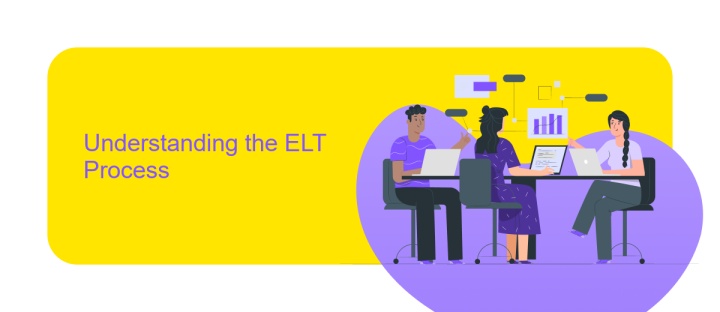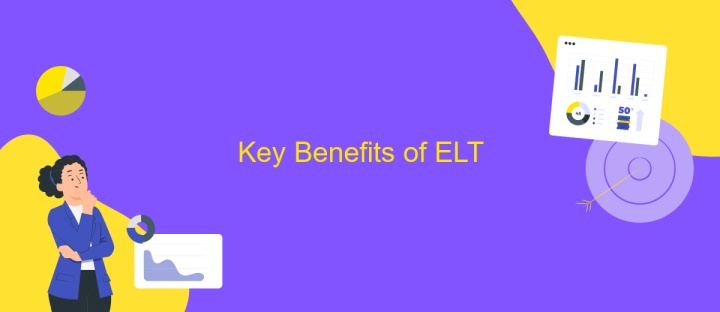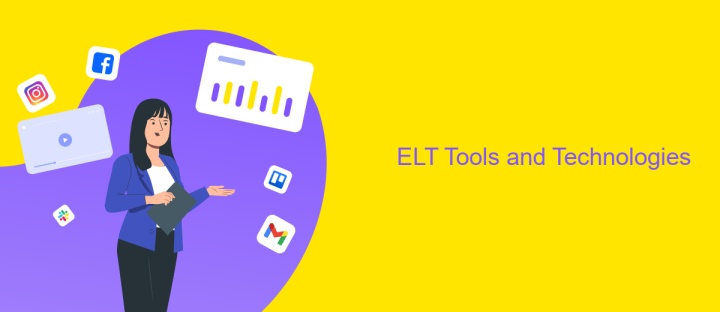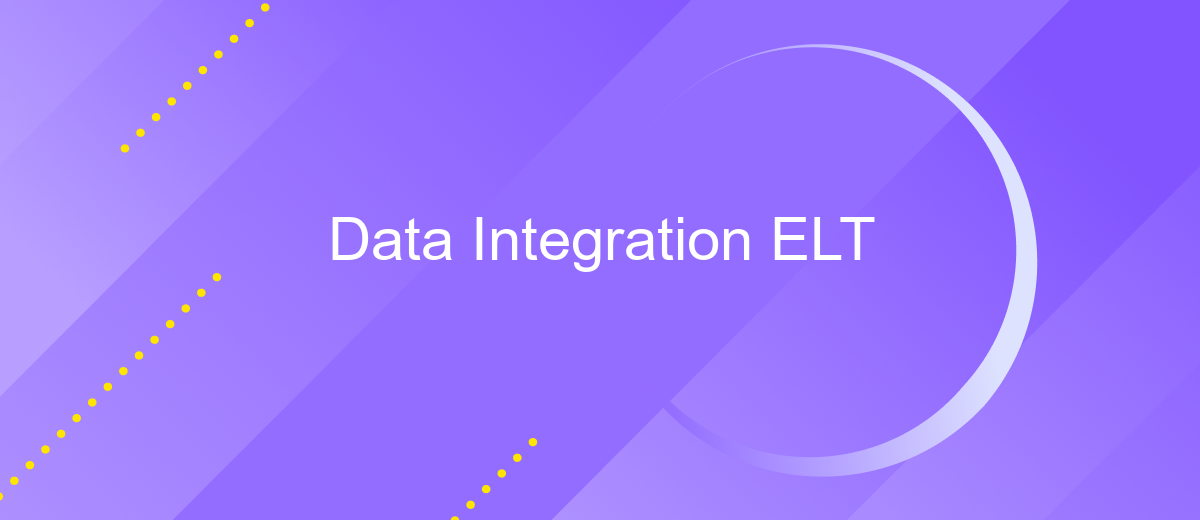Data Integration ELT
Data integration is a critical process in today's data-driven world, enabling organizations to consolidate information from diverse sources for comprehensive analysis and decision-making. ELT (Extract, Load, Transform) is a modern approach that streamlines this process by first loading data into a centralized repository and then transforming it as needed. This method enhances efficiency, scalability, and flexibility, making it an essential strategy for businesses seeking to leverage their data assets effectively.
Introduction to Data Integration and ELT
Data integration and ELT (Extract, Load, Transform) are pivotal processes in modern data management, enabling organizations to consolidate data from various sources for comprehensive analysis. Data integration involves combining data from disparate systems, ensuring consistency and accessibility. ELT, on the other hand, is a process where data is first extracted from its sources, loaded into a target system, and then transformed into a usable format. This approach is particularly beneficial for handling large volumes of data efficiently.
- Extract: Data is retrieved from multiple sources, including databases, cloud services, and applications.
- Load: The extracted data is loaded into a centralized data warehouse or data lake.
- Transform: Data is processed and converted into a format that is suitable for analysis and reporting.
The synergy between data integration and ELT allows businesses to harness the full potential of their data, leading to informed decision-making and strategic insights. By adopting these techniques, organizations can streamline their data workflows, reduce redundancy, and enhance data quality, ultimately driving innovation and competitive advantage.
Understanding the ELT Process

The ELT (Extract, Load, Transform) process is a modern approach to data integration that emphasizes efficiency and scalability. In this method, data is first extracted from various sources and then loaded into a centralized data warehouse. Unlike traditional ETL (Extract, Transform, Load) processes, where data is transformed before loading, ELT allows for transformations to occur after the data has been loaded. This shift leverages the power and speed of modern data warehouses, enabling more complex transformations and analyses to be performed directly within the warehouse environment.
Implementing ELT processes can be streamlined with the use of integration services like ApiX-Drive. Such platforms simplify the extraction and loading phases by automating data transfers from diverse sources, ensuring data integrity and reducing manual intervention. ApiX-Drive, for instance, offers customizable integrations that can be tailored to specific business needs, allowing organizations to focus on transforming and analyzing their data to derive actionable insights. By utilizing these tools, businesses can enhance their data workflows, making the ELT process not only more efficient but also more adaptable to changing data landscapes.
Key Benefits of ELT

ELT (Extract, Load, Transform) has emerged as a powerful approach in data integration, offering several advantages over traditional ETL processes. By reversing the transformation and loading steps, ELT enables more efficient and scalable data handling, especially in cloud-based environments.
1. Scalability: ELT leverages the scalability of modern cloud data warehouses, allowing businesses to handle large volumes of data without performance degradation.
2. Cost-Effectiveness: By utilizing the processing power of cloud data platforms, ELT reduces the need for expensive on-premises infrastructure, leading to significant cost savings.
3. Flexibility: ELT provides greater flexibility in data management, enabling organizations to adapt quickly to changing data requirements and business needs.
4. Faster Data Processing: By loading data before transformation, ELT minimizes bottlenecks, ensuring faster data processing and real-time analytics capabilities.
5. Simplified Maintenance: ELT simplifies maintenance by centralizing data transformations within the data warehouse, reducing the complexity of managing multiple systems.
In summary, ELT offers a modern, efficient, and cost-effective solution for data integration. Its ability to leverage cloud resources ensures scalability and flexibility, making it an ideal choice for businesses aiming to harness the power of big data and real-time analytics.
ELT Tools and Technologies

In the rapidly evolving landscape of data management, ELT (Extract, Load, Transform) tools and technologies play a pivotal role in enabling efficient data integration. These tools streamline the process by extracting data from various sources, loading it into a centralized location, and then transforming it to meet analytical needs. As businesses increasingly rely on data-driven insights, the demand for robust ELT solutions continues to grow.
Modern ELT tools are designed to handle large volumes of data with speed and accuracy. They provide scalability, allowing organizations to adapt as their data needs expand. With features like automation and real-time processing, these tools ensure that data is always up-to-date and ready for analysis.
- Apache Nifi: An open-source tool that supports powerful and scalable data flows.
- Google Cloud Dataflow: A fully managed service for stream and batch data processing.
- Fivetran: A cloud-based ELT tool offering automated data pipelines.
- Stitch: A simple, extensible ETL service built for developers.
Choosing the right ELT tool depends on various factors, including the complexity of data sources, budget considerations, and specific business needs. By leveraging these technologies, organizations can unlock the full potential of their data, driving better decision-making and strategic insights.
Building a Successful ELT Pipeline
Building a successful ELT pipeline requires careful planning and execution. Start by defining clear objectives for your data integration process, ensuring that the data extracted aligns with your business goals. Choose the right tools that support your data sources and destinations, focusing on scalability and flexibility. ApiX-Drive, for example, offers a user-friendly platform to connect various applications without requiring extensive coding skills, streamlining the integration process. Ensure your pipeline can handle data transformations efficiently, maintaining data integrity and quality throughout the process.
Next, implement robust monitoring and error-handling mechanisms to quickly identify and resolve issues. Regularly update your pipeline to accommodate changes in data sources or business needs. Documentation is crucial for maintaining a clear understanding of the pipeline's structure and functionality, aiding future enhancements. Lastly, prioritize security by implementing data encryption and access controls to protect sensitive information. By following these steps, you can create an ELT pipeline that is reliable, efficient, and adaptable to your organization's evolving data requirements.
FAQ
What is ELT in data integration?
How does ELT differ from ETL?
What are the benefits of using ELT for data integration?
How can businesses automate their ELT processes?
What challenges might businesses face when implementing ELT?
Apix-Drive will help optimize business processes, save you from a lot of routine tasks and unnecessary costs for automation, attracting additional specialists. Try setting up a free test connection with ApiX-Drive and see for yourself. Now you have to think about where to invest the freed time and money!

